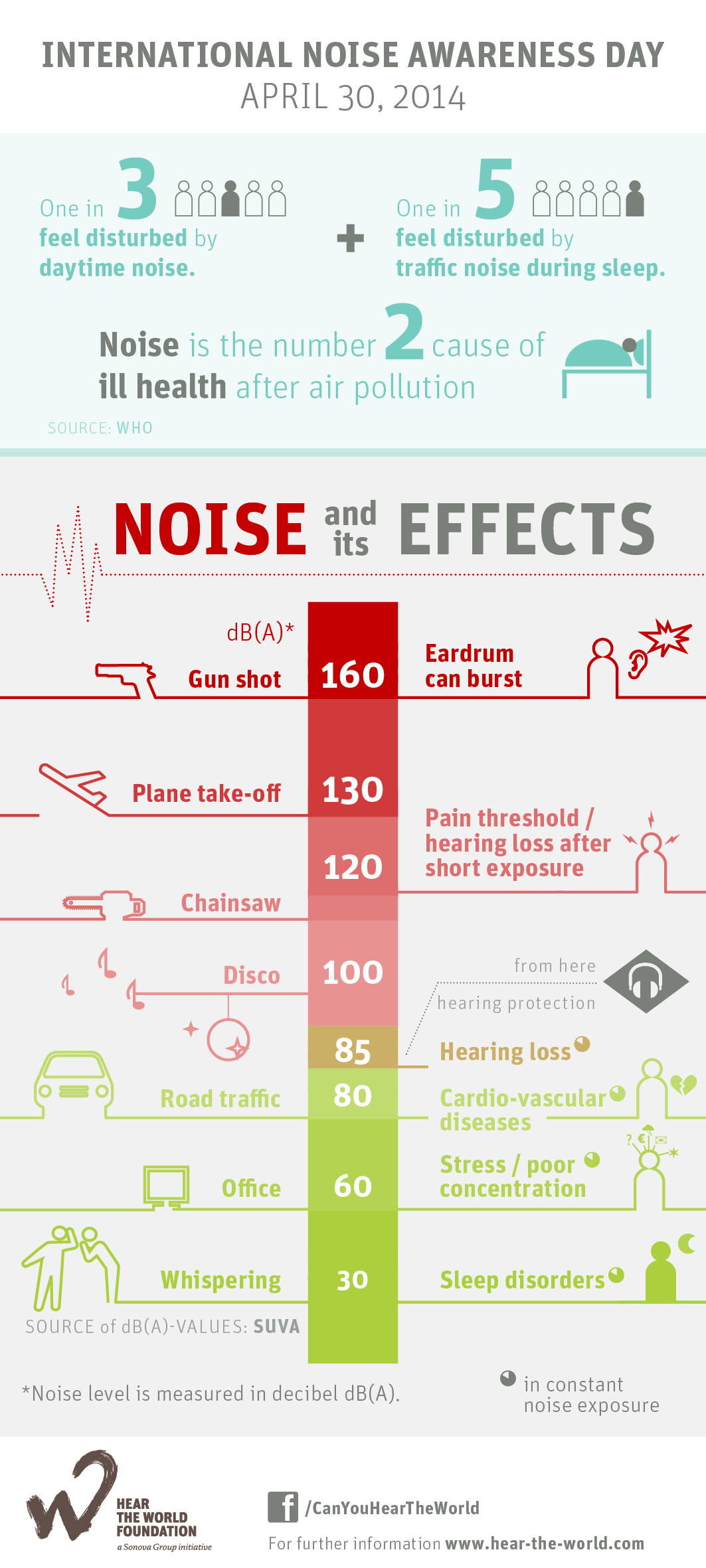Enhancing Discovering: Addressing Auditory Processing Issues In Dyslexia
Enhancing Discovering: Addressing Auditory Processing Issues In Dyslexia
Blog Article
Web Content Author-Vilhelmsen Hove
When you think about the difficulties that dyslexic learners face, it's clear that auditory processing issues typically play a significant duty. You could wonder how customized strategies can bridge the gap between acoustic guidelines and understanding. By incorporating visual aids and breaking jobs right into manageable actions, you could improve emphasis and understanding. Nevertheless, the solutions do not quit there. What other strategies can produce a truly supportive knowing setting that cultivates success and confidence?
Comprehending Dyslexia and Auditory Handling
Dyslexia affects about 1 in 5 people, making it among one of the most common learning disabilities. If you're navigating dyslexia, you may discover that it doesn't just impact reading and writing; it can also affect exactly how you refine acoustic information.
Acoustic processing refers to how your brain translates noises, including language. When you fight with this, it can result in obstacles in recognizing spoken directions and adhering to discussions.
You may discover that you typically misinterpret what you hear or that it takes much longer for you to react in discussions. This isn't a representation of your intelligence; it's a certain difficulty related to processing auditory signals.
Recognizing this link is important because it assists clear up why you might excel in visual jobs while encountering obstacles in tasks that rely on auditory understanding.
Recognizing these obstacles can equip you. By comprehending the intricacies of dyslexia and auditory handling, you can better support for your needs, whether in educational settings or social scenarios.
It's important to acknowledge these concerns so you can seek the ideal assistance and approaches in the future.
Efficient Approaches for Assistance
Navigating the obstacles of auditory handling can feel overwhelming, but there work techniques that can help you prosper.
By implementing these techniques, you can improve your learning experience and boost your capability to procedure acoustic details.
- ** Make use of visual help **: Combining auditory directions with aesthetic supports, like graphes or diagrams, can significantly enhance comprehension.
- ** Damage Read More At this website into smaller steps **: Simplifying guidelines into convenient pieces permits you to concentrate and process information more effectively.
- ** Practice energetic paying attention **: Participate in workouts that encourage you to pay attention attentively, such as summarizing what you've listened to or asking concerns for explanation.
- ** Incorporate modern technology **: Make use of applications or software program designed to help with auditory processing, such as speech-to-text devices or audiobooks, to strengthen learning.
Creating Helpful Knowing Settings
Creating a supportive knowing environment is crucial for helping individuals with acoustic handling challenges do well. Begin by decreasing distractions in your classroom or learning area. Usage pop over here or soft furnishings to absorb noise, which can aid pupils concentrate much better. Ensure seating arrangements permit clear sightlines to the educator and any aesthetic aids.
Next off, integrate clear and concise interaction. Speak gradually and utilize simple language, looking for understanding often. Urge students to ask concerns if they're not sure. Aesthetic help like charts, diagrams, and created guidelines can improve comprehension and retention.
Additionally, promote a culture of persistence and understanding among peers. Educate pupils about acoustic processing problems, advertising compassion and support. Team activities can be valuable; just make certain that roles are clear which students work together to sustain each other.
Lastly, supply normal responses. Commemorate progress and accomplishments, regardless of how little. This encouragement develops confidence and enhances the idea that knowing is a journey.
Conclusion
In your trip to enhance learning for individuals with dyslexia, consider each technique as a stepping stone throughout a river. By weaving with each other acoustic and visual aids, damaging tasks right into bite-sized pieces, and supporting a supportive atmosphere, you help develop a bridge to understanding. Keep in mind, fostering empathy among peers and engaging households can light the path to success. With persistence and commitment, you'll equip learners to overlook obstacles, changing their battles into toughness.
